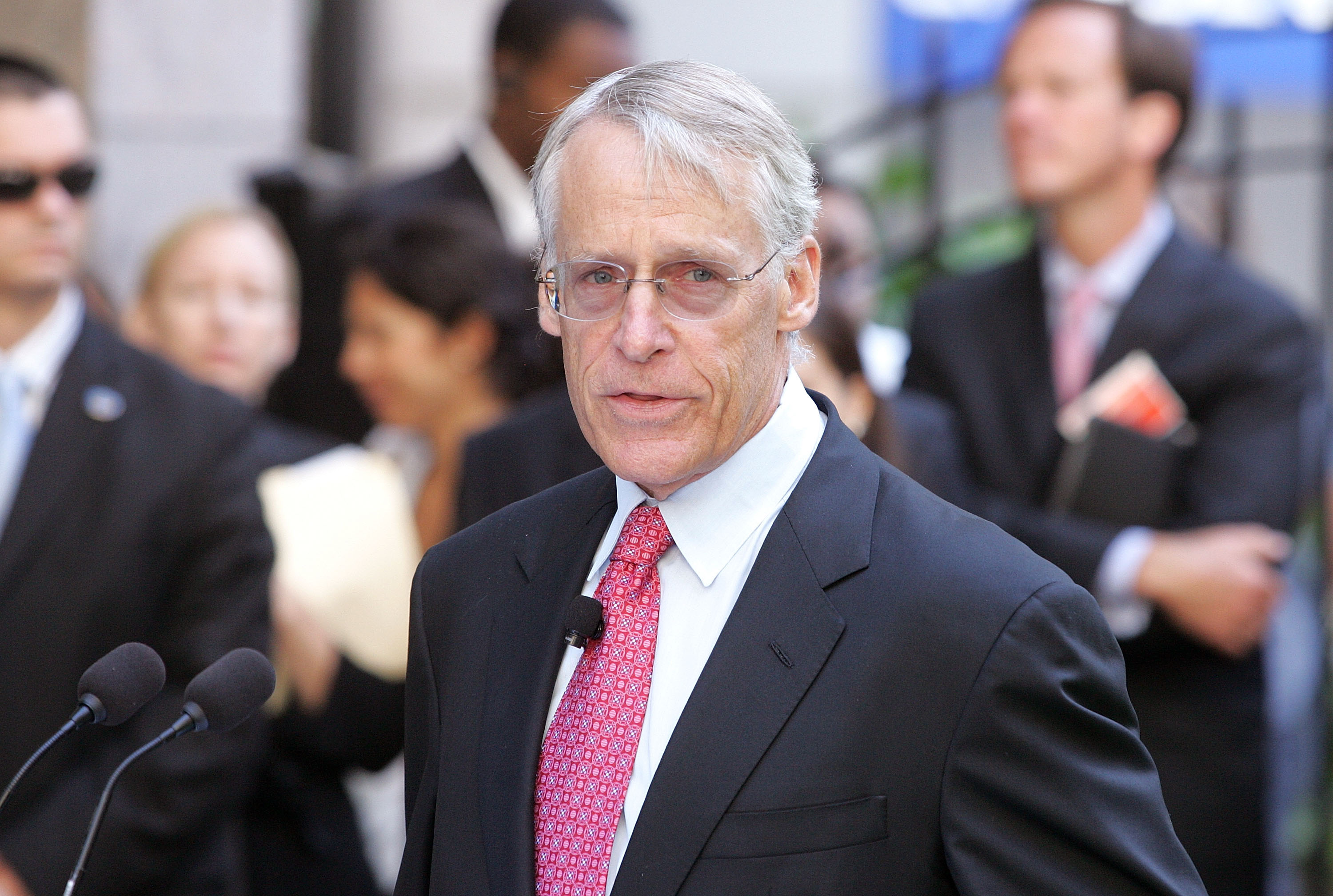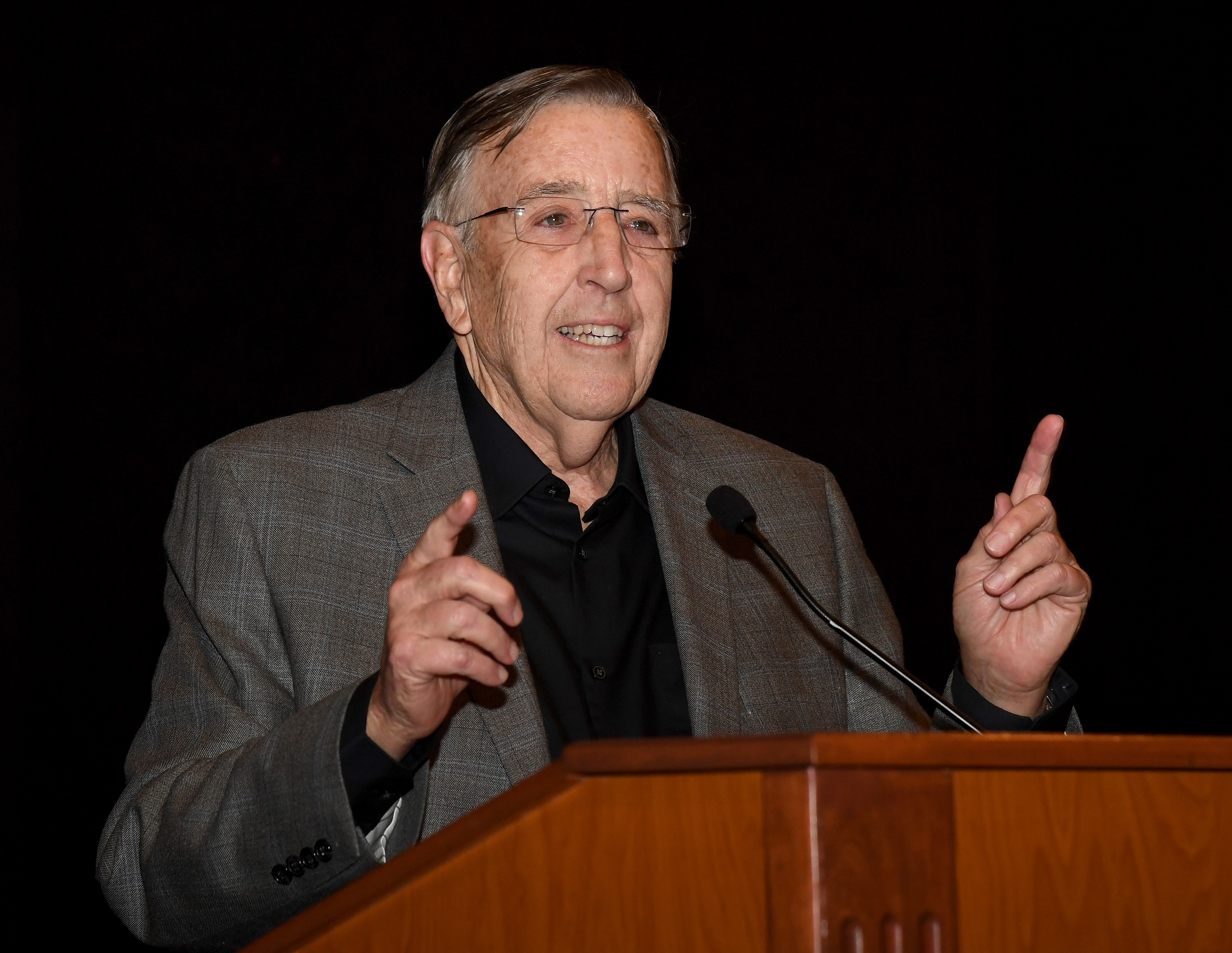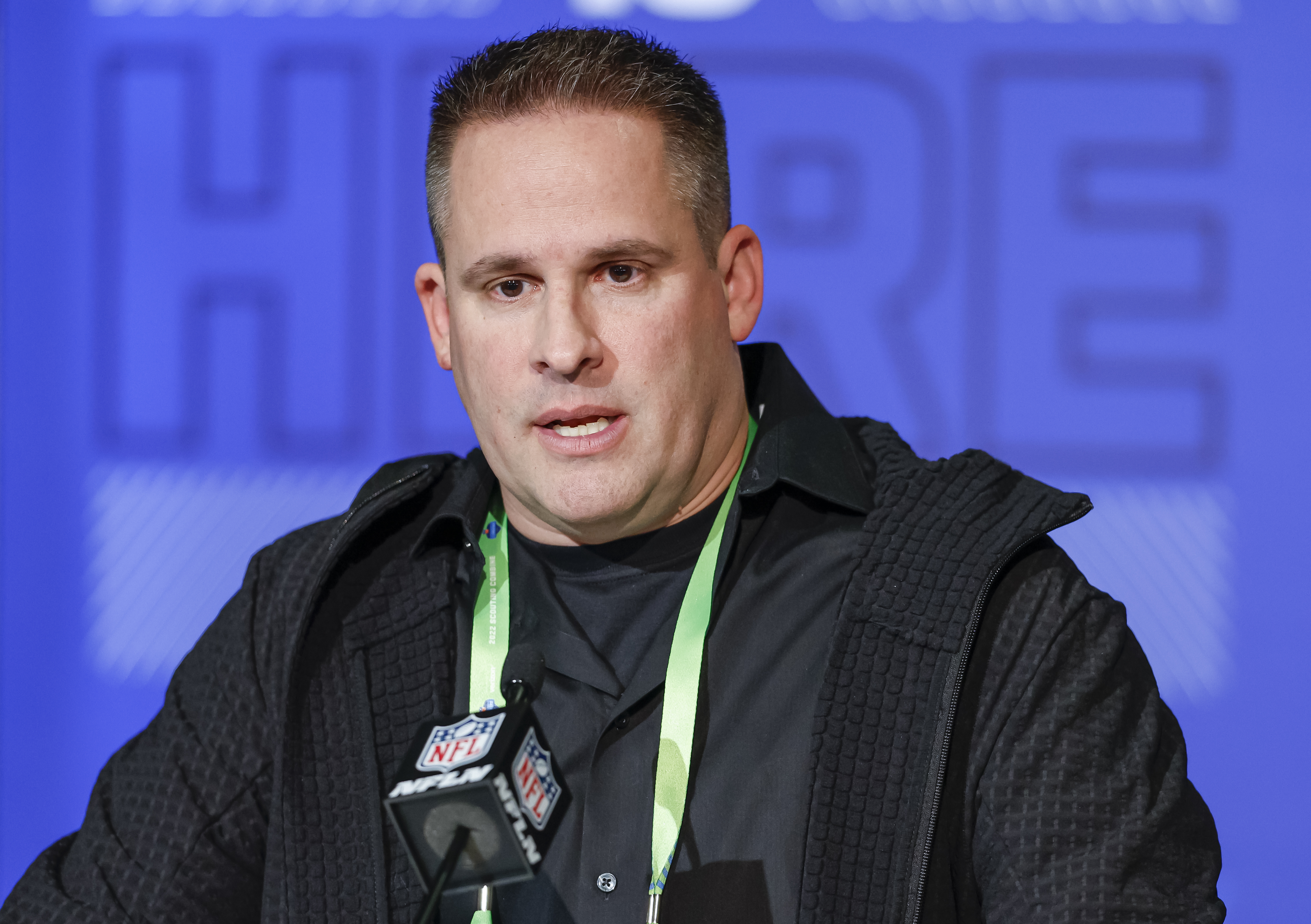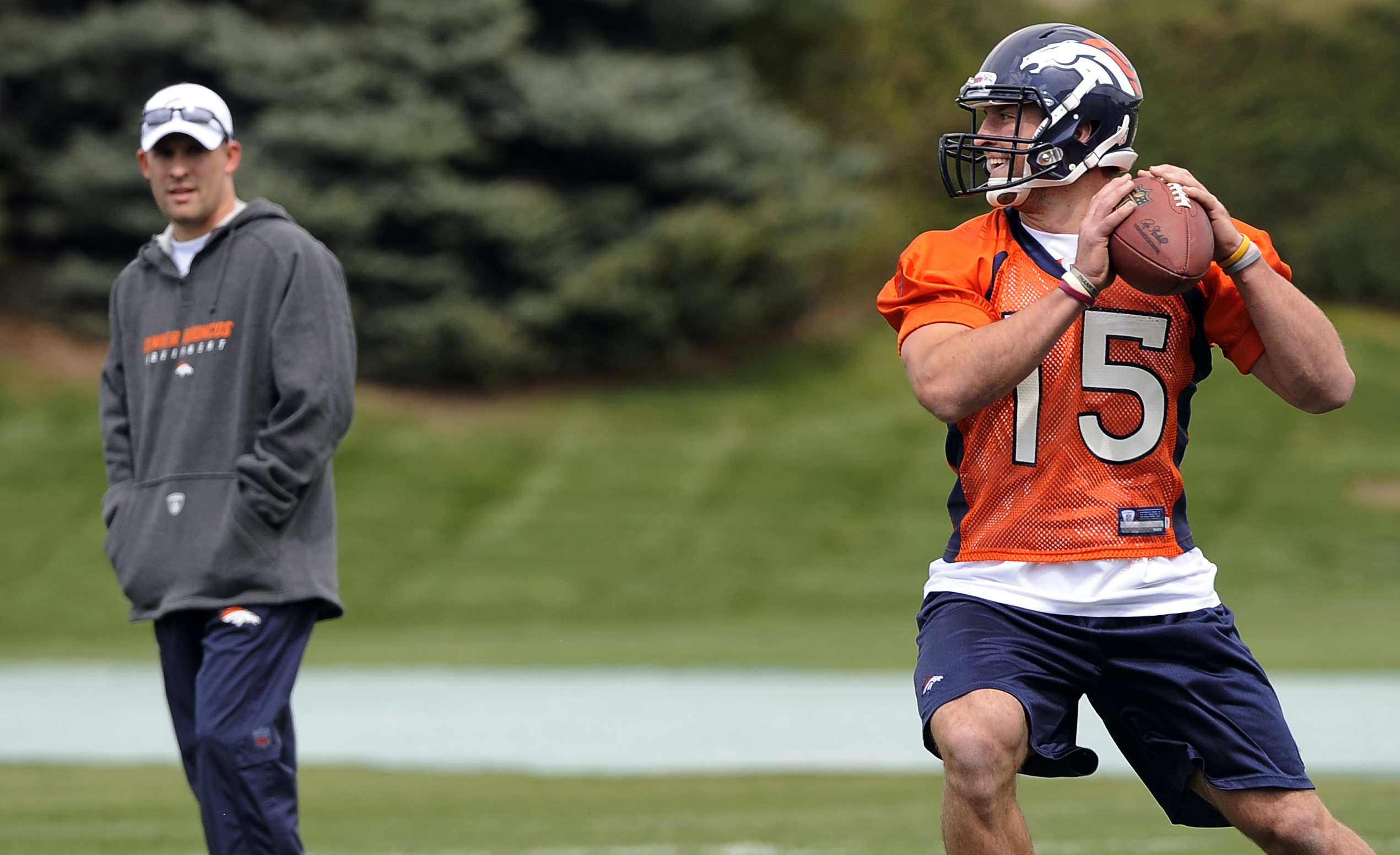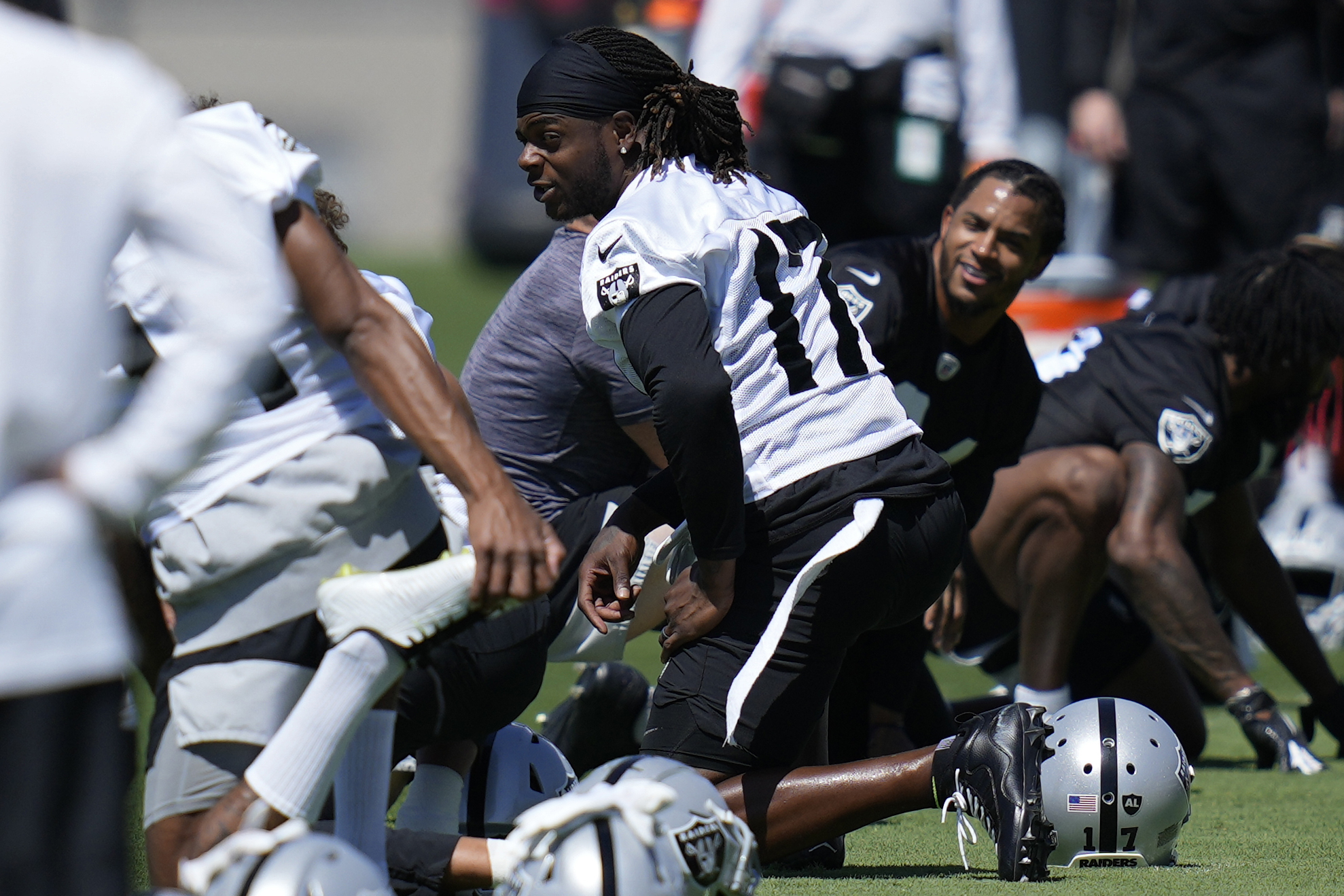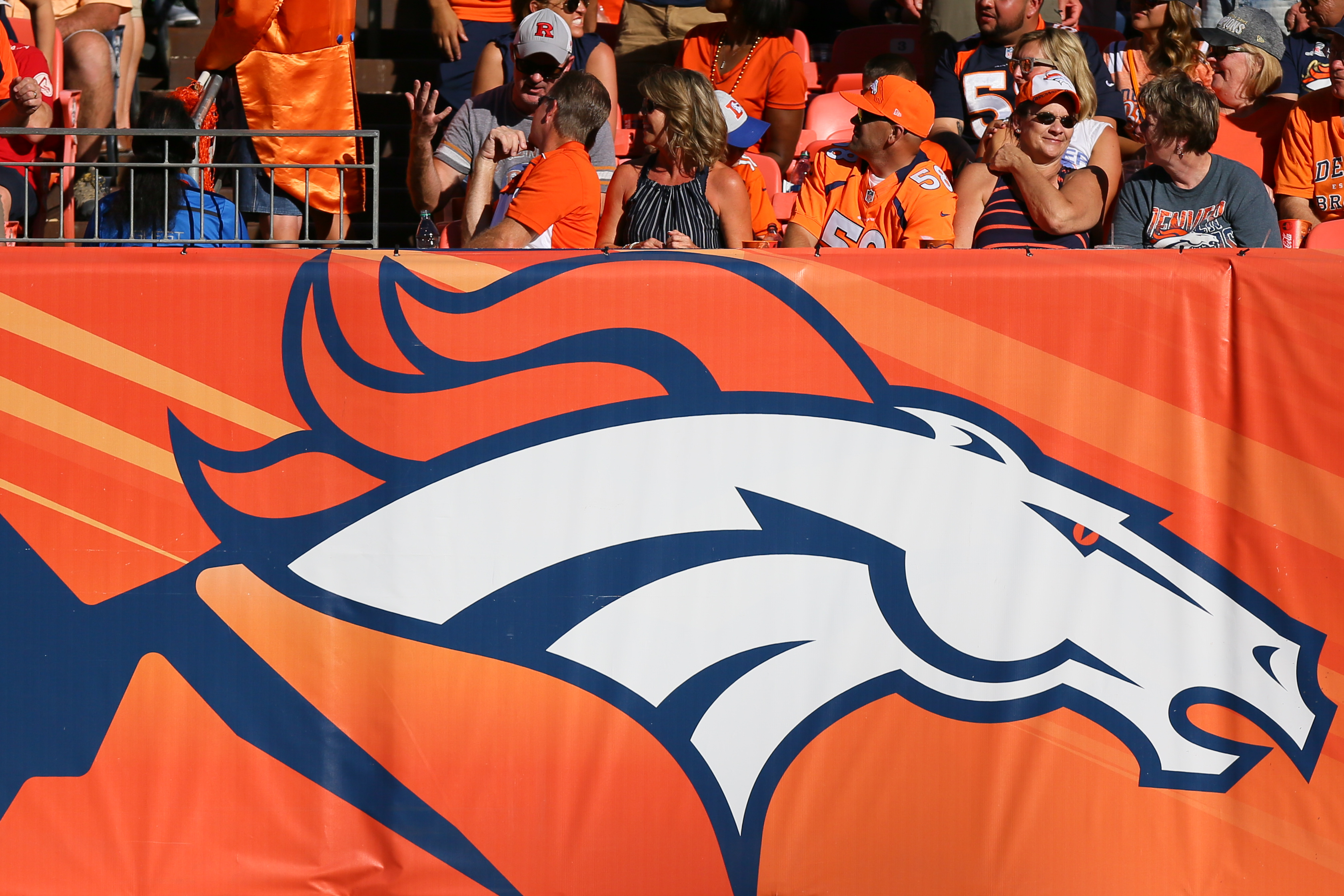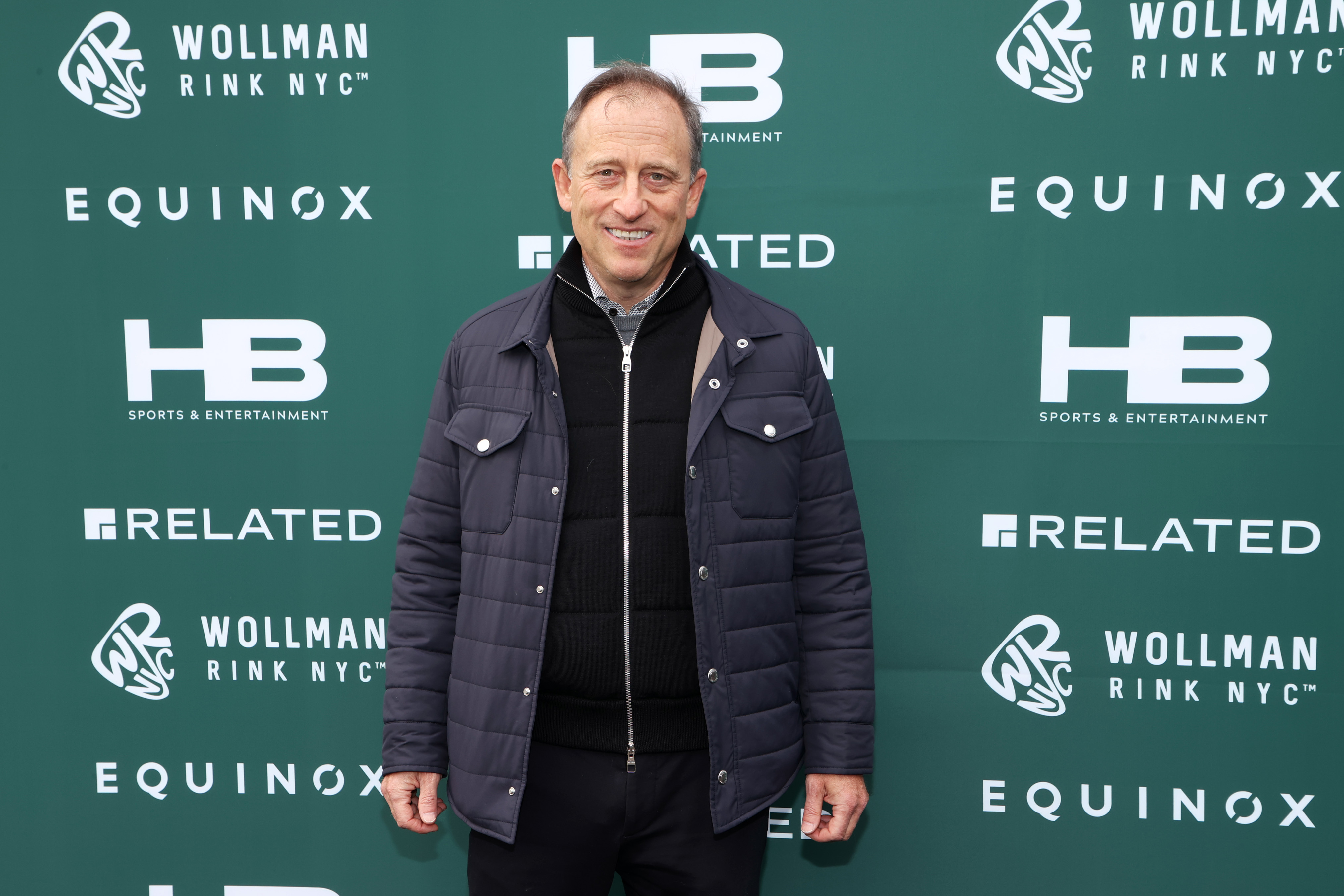Chargers' Rebuilt Defense Is Loaded AFC West’s Biggest X-Factor
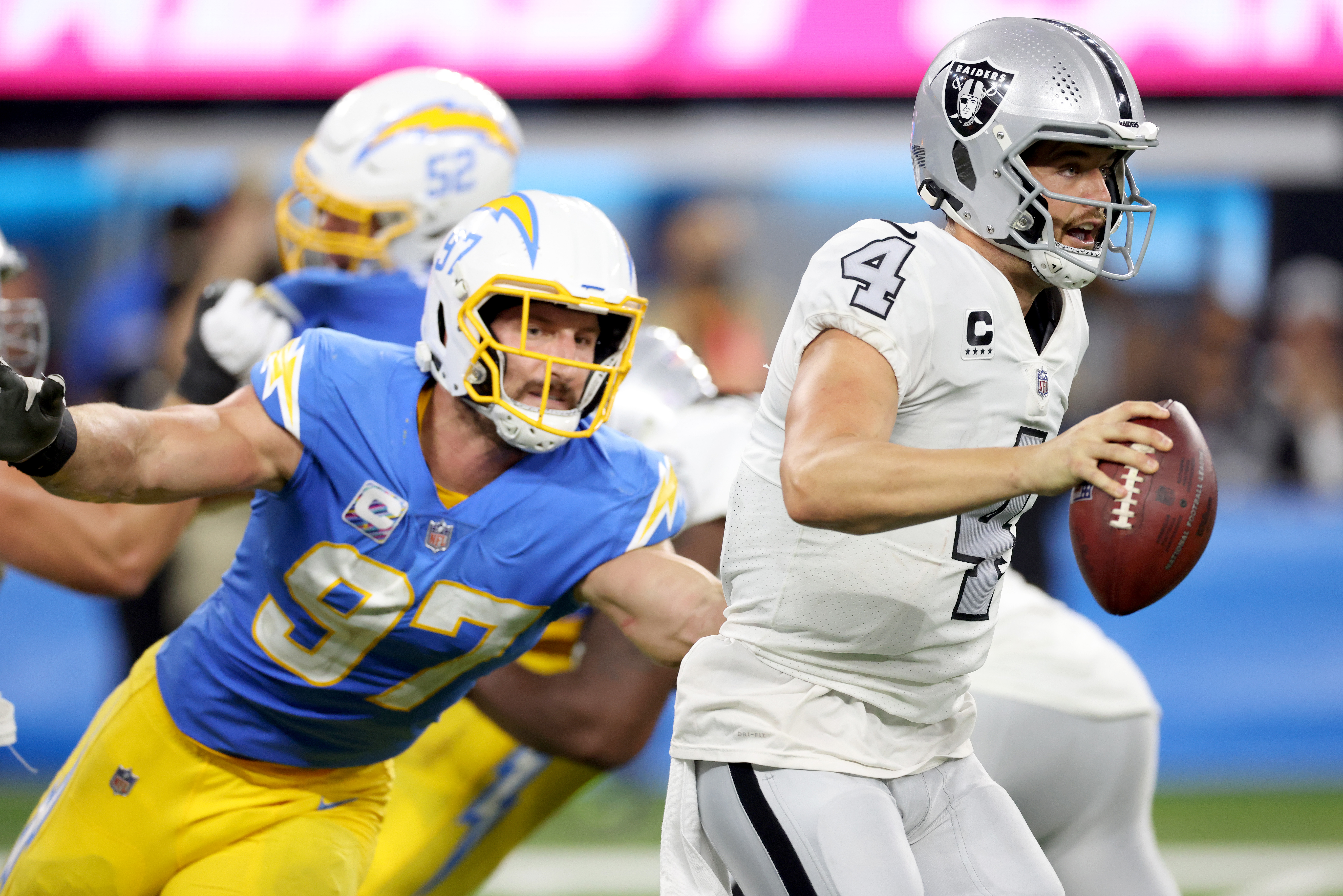
The AFC West is absolutely stacked, and whichever team emerges from the division this fall could easily be the NFL's best team despite fewer wins than others around the league after navigating a hellacious schedule. The Los Angeles Chargers made significant strides this offseason, particularly on defense, to supplant the Kansas City Chiefs as the team to beat.
To be counted among the AFC's best after missing the 2021 postseason, the Chargers couldn't simply sit back and hope burgeoning megastar Justin Herbert will carry the team to future excellence. Changes had to be made, especially after the rival Las Vegas Raiders ran the ball down the Chargers' throats in overtime during a Week 18 contest to obliterate Los Angeles' playoff aspirations.
The breaking point showed exactly how head coach Brandon Staley's defense wouldn't work without the right pieces in place. Last season, the Chargers simply weren't good enough along their front seven. The unit simultaneously finished among the bottom half of the league in average yards per carry allowed (4.6) and sacks (35).
Aside from being Charmin soft and not having enough quality pass-rushers beyond Joey Bosa, Staley's scheme requires those up front to consistently muddy the line of scrimmage and win one-on-one matchups.
The head coach described his defensive philosophy when he served as the Rams' coordinator, and that unit finished No. 1 overall in total defense.
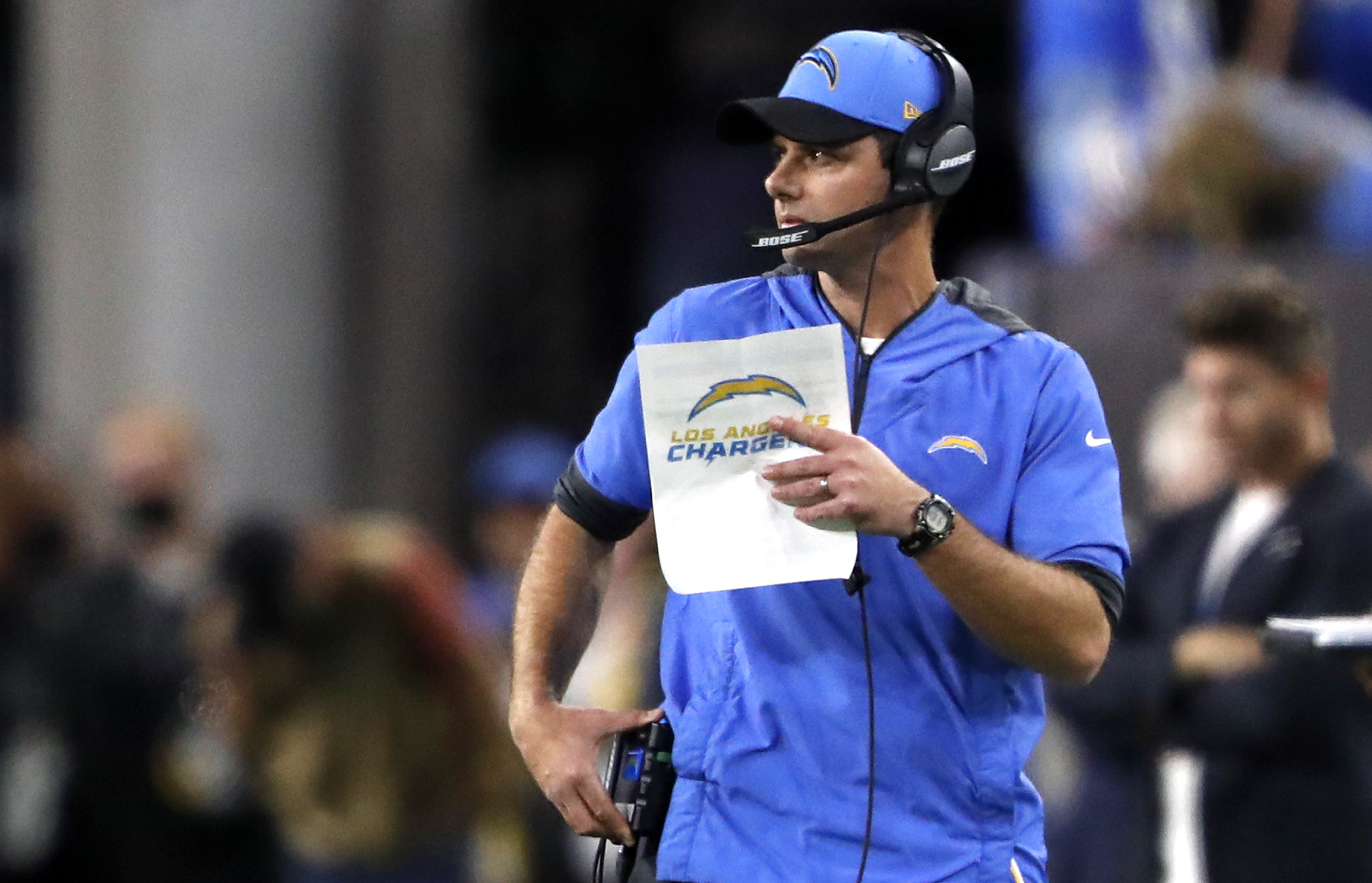
"When [Rams head coach Sean McVay] asked me, philosophically, as you’re getting into an interview, ‘OK, what’s important to you on defense,’ just from a schematic standpoint, my big belief system is 1-on-1s in the run game and 2-on-1s in the passing game,” Staley told The Athletic's Robert Mays in December 2020. “It all starts there.”
Essentially, lighter boxes mean more defenders capable of dropping into coverage. But the big-bodied defenders must be capable of doing their job for that approach to work. As NFL Next Gen Stats noted during the 2020 campaign, Staley significantly increased the light box rate (six or fewer defenders) compared to the previous season under Wade Phillips' direction, while the group still excelled in run defense.
The Chargers lacked the necessary pieces to fully implement the system during Staley's first season with the franchise. Thus, the overhaul began this offseason.
Obviously, Bosa is the defensive centerpiece. Beyond that point, the rest of the defensive front, including the outside linebackers, experienced significant turnover with an emphasis on increased toughness and ability to win at the point of attack.
The biggest domino fell when the Chargers acquired Khalil Mack from the Chicago Bears in exchange for a second-round draft pick this year and a 2023 sixth-rounder.
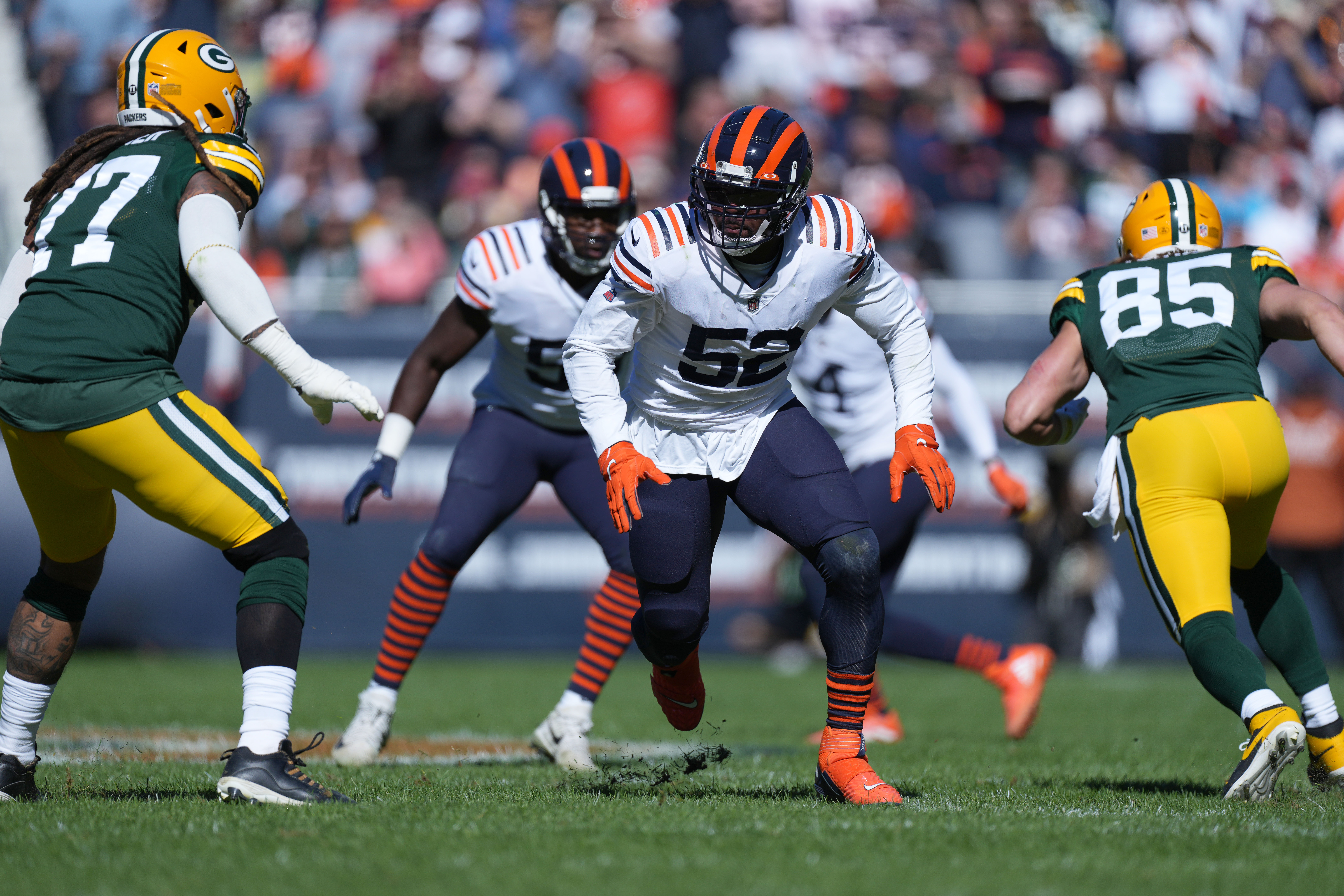
Now, Mack has gone three straight years without registering 10 sacks, and he's coming off an injury-plagued campaign where foot surgery cost him 10 games. The former NFL Defensive Player of the Year may never be the same explosive pass-rusher he once was. At the same time, too much emphasis on one part of his game overlooks the fact Mack is one of the very best at setting the edge and serving as a wrecking ball to simply blow up opposing schemes. Now bookended by Bosa, Mack won't be the focal point of opposing game plans, and he should benefit greatly.
In free agency, Los Angeles started with the acquisitions of interior defenders Sebastian Joseph-Day and Austin Johnson. Neither is Aaron Donald, of course, but Staley doesn't need them to be. Joseph-Day previously played for the Rams and Staley, and the 6'4", 310-pound lineman is a perfect fit at nose tackle.
"With [Staley's] scheme, it's about being strong at the point [of attack]," Joseph-Day told reporters in March. "You have to have strong hands and be heavy-handed, but also, you have to be intelligent and be able to read what you see, read formations, sets, see keys, backfield sets, tips and stuff like that. I was able to learn that and be able to thrive in it, thanks to Staley, since he taught it to us. I think that's just why it's a perfect fit."
Johnson is another rugged interior defender, who has played in 91 games since being selected in the second round of the 2016 draft by the Tennessee Titans and started all 17 games last season for the New York Giants.
The draft and extra post-draft free-agent signings added even more depth to the new-look front.
General manager Tom Telesco chose UCLA defensive tackle Otito Ogbonnia in this year's fifth round. The 324-pound Ogbonnia is one of the strongest players of the class, if his 29 reps on bench are any indication.
Staley and his defensive coordinator, Renaldo Hill, will use these wide bodies in tight fronts where all three gaps inside the tackles are covered or shaded along the middle of the line.
“We feel like we can gain overlap in the run game because of our front mechanics,” Staley told Mays of his Rams defensive unit back in 2020. “By doing that, it’ll be really messy in the run game. You don’t want to create a system where runs hit you directly. You want those runs to have to slow down, and what that does is that it allows the second and third level to get there. So it really starts up front with the way we teach our D-line and our edge players.”
The Chargers have since continued to add veteran pieces. After the draft, the organization signed outside linebacker Kyle Van Noy and defensive lineman Morgan Fox.
Fox brings more experience in the system after playing for the Rams under Staley. Van Noy's inclusion creates valuable depth and added flexibility because of his ability to play multiple roles. One of keys within Staley's defense is post-snap movement regarding coverages to confuse opposing quarterbacks. The 31-year-old veteran can excel at the line of scrimmage or as a space player. He's more than capable of doing both when asked. According to Pro Football Focus, Van Noy graded as the league's best linebacker in zone coverage last season.
”When you study a lot of people who play quarters [four deep coverage zones], the coverage really splits and you have these independent worlds happening," Staley told Mays. "To me, that’s the easiest way for offense to create matchups. You don’t want that. We want as much overlap in your defense as possible. That’s something that’s a staple of ours.”
The Chargers already claimed one of the league's most talented secondaries with the versatile Derwin James and Nasir Adderley at safety, as well as Michael Davis and Asante Samuel Jr. at cornerback. Then, the Chargers signed the top available cornerback in J.C. Jackson to a five-year, $82.5 million free-agent contract. His inclusion will make the defense more dangerous than ever.
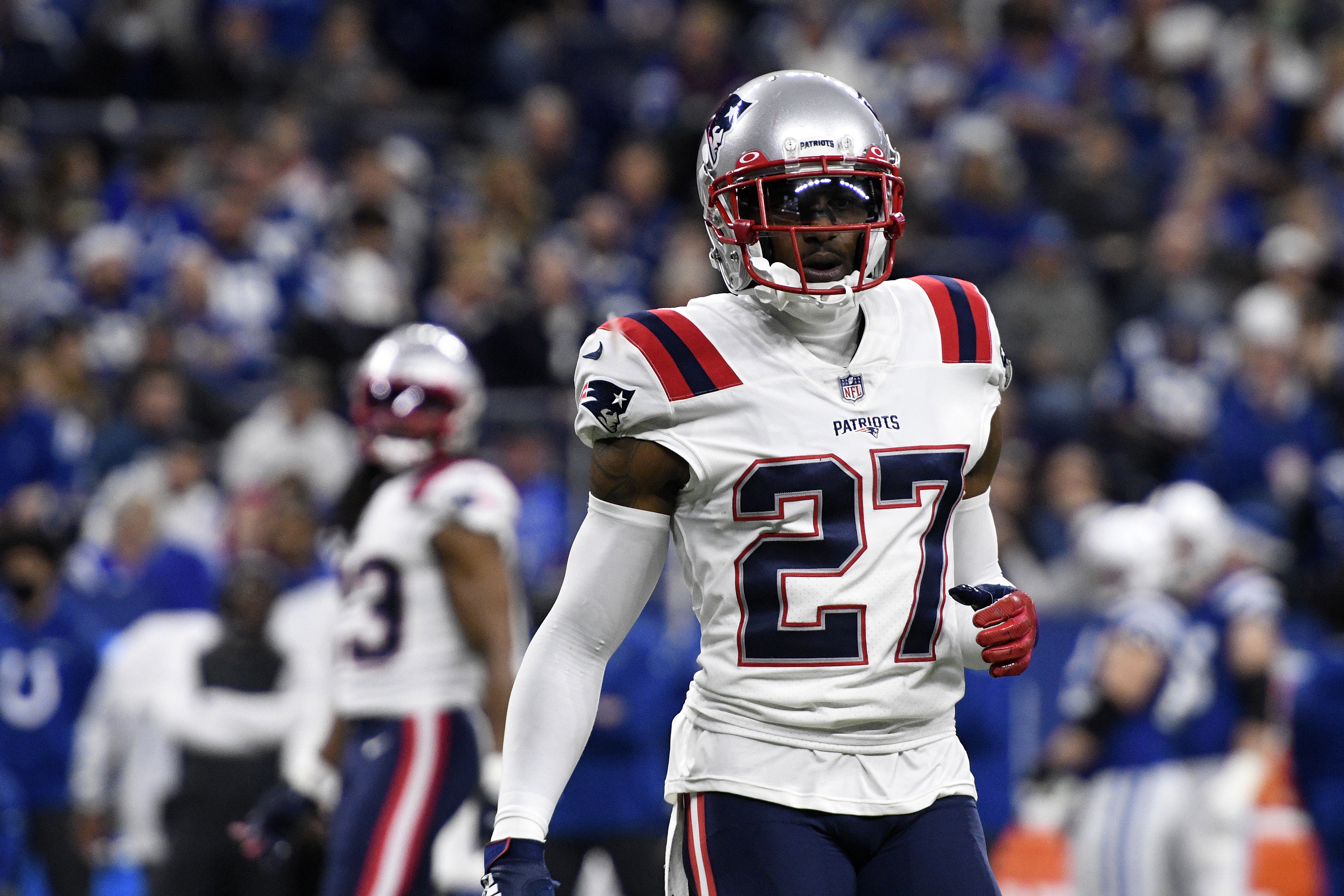
With an improved front capable of doing its job, the secondary can be deployed exactly how Staley wants. The defensive backs should place opposing quarterback in difficult positions and force them into ill-advised throws. In those critical moments, the Chargers must make opponents pay.
Jackson is the game's premier ball hawk with 25 interceptions and 53 defended passes over the last four seasons. His 17 interceptions over the last two seasons are the most in the NFL during that span.
“The more coverage players you have, the more variety of coverages you can play,” Staley told reporters of the Pro Bowl cornerback. “That’s certainly what we were looking for, somebody with his coverage ability against No. 1 receivers.”
Staley added, "With a guy like him, it gives you a lot more depth in your secondary. It gives you a lot more coverage possibilities against premium passing attacks.”
The same applies to veteran Bryce Callahan, albeit to a lesser degree. Callahan signed a one-year, $1.3 million deal. He's been a staple working over the slot throughout his career, though he can play outside the numbers when needed.
Each of these moves became absolutely necessary based on how the AFC West progressed this offseason.
The Kansas City Chiefs still have quarterback Patrick Mahomes. Tyreek Hill may no longer be part of the organization after being traded to the Miami Dolphins, but the Chiefs offense should remain among the league's best with Mahomes pulling the strings and head coach Andy Reid calling the plays.
The Denver Broncos now have a viable starting quarterback in Russell Wilson. The franchise has been rudderless since Peyton Manning retired seven years ago. Wilson has an outstanding supporting cast, too, with running backs Javonte Williams and Melvin Gordon III and wide receivers Courtland Sutton, Tim Patrick, Jerry Jeudy and K.J. Hamler.
The Raiders only added the best wide receiver in football when they traded first- and second-round draft picks for Davante Adams.
Staley and Co. could have stood idly by and watched their rivals get better instead of trying to legitimately surpass those who finished with superior records last season. The time to make these types of moves and go all in with Herbert behind center on a rookie deal is now. In order to do so, the Chargers must be able to play complementary football.
The talent is currently in place on both sides of the ball for Los Angeles to take charge of the AFC West.
Brent Sobleski covers the NFL for Bleacher Report. Follow him on Twitter, @brentsobleski.

